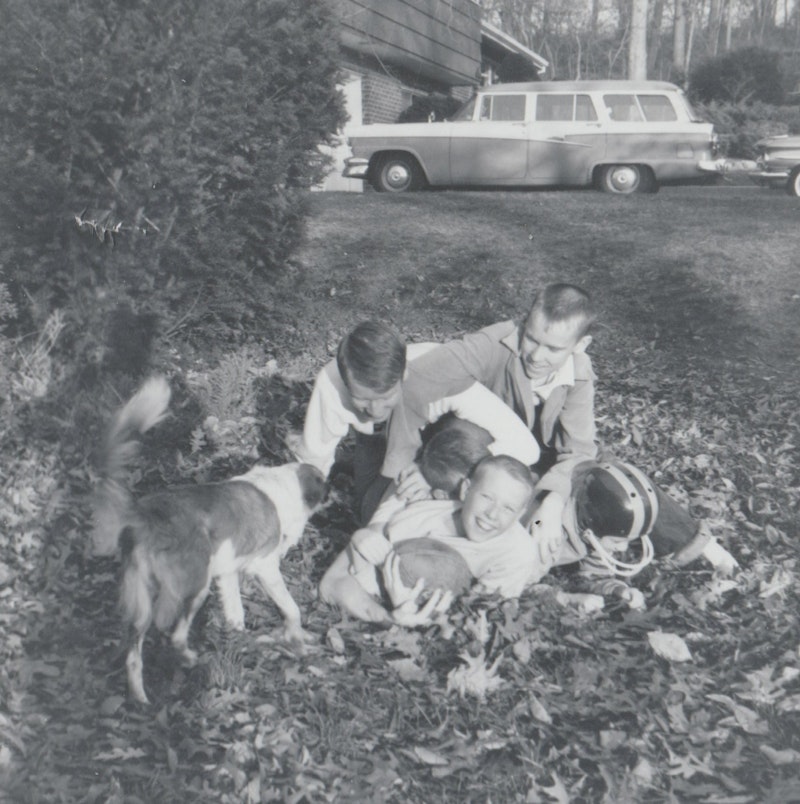Every so often, more frequently than the cicadas gloriously buzzing with a symphonic sound—others call it “racket”—Paul T. Ehrlich’s 1968 book The Population Bomb, which predicted catastrophe if humans kept reproducing, is brought up for discussion, pro and con—now on the internet, in previous decades in newspapers. I remember the earnest “bull sessions” on the topic as an older teenager—before the terms “global warming” and “climate change” became common—as some high school and college friends, pledged to Mr. Bong they had no intention of ever having children, doing their part to save the world. I can’t remember who said what, but those declarations mostly turned out to be the equivalent of donations to radio telethons that were never fulfilled. In the early-1980s, an insult was to call parents “breeders,” which struck me as stupid. Doesn’t matter to me, as a live-and-let-live kind of guy, but even then, perhaps because I had four siblings, I couldn’t imagine an adulthood without children, and did have two sons.
I see the same kind of grand statements today from young adults, mostly people of some means, that kids aren’t in their future. There was a letter published in The Wall Street Journal just over a year ago from Minnesota’s Kenneth Emde that read: “I was a college student when I read Mr. Ehrlich’s 'The Population Bomb.' I took it to heart and now have no grandchildren, but 50 years later the population increased to eight billion without dire consequences. I was gullible and stupid.” You may agree or disagree with Emde, but it’s a sad sentiment that’s undoubtedly not uncommon.
I look at the accompanying picture from my youth in Huntington, an Indian Summer autumn afternoon, and I’m sure it made my dad (an only child from a fractious marriage; the scandal of divorce in 1930s New England!) smile as he snapped it and then saw the results after picking it up at a village store. There are five heads—I’m assuming the hidden one is the oldest of the brood—and the crewcuts of my brothers Doug and Gary, not to mention the battered station wagon above us at the not-so-friendly next-door neighbors, do provide a portrait of mid-20th century suburban America. If the subjects were more defined it could be the photographic version of a Normal Rockwell cover illustration for The Saturday Evening Post, a huge-circulation (but fading quickly) weekly that came to our house, along with Boy’s Life, Sports Illustrated, Time, Fortune, Life and Look. No Newsweek: my dad, a solid Wilkie/Dewey/Ike/Nixon Republican, had a bad smell about that newsweekly.
Also included is our female mutt Scuttle, adopted impulsively by my brother Doug at Heckscher Park one summer day; true to his indefatigable independence he didn’t bother to ask permission from our parents, a decision that delighted my brother Gary and me. It didn’t take long for Scuttle the puppy to worm her big heart—reserved for family only—into my dad’s good graces (mom never cared for dogs, and barely tolerated Scuttle, although she laid out the Alpo each morning), and she’d often, on rainy days, lie down next to my father in his study as he went over the books for his car wash.
I’m on the right in the photo with an old-fashioned football helmet. That’s relevant to me today, since my son Booker has insisted for years that I wear a helmet and arm pads when I go on walking jaunts. I’ve always been clumsy on the streets, simply because I don’t look at the ground, but the scenery, both the splendid and skid-row. I was in Mexico City in early-1975 with two friends and one of them, each time I stumbled, said, “Have a nice trip, Russ?” Funny the first time, aggravating the next 50 over the 10 days we spent there. Jerry was a good guy, but there was a reason he was on the verge of flunking out at a Houston community college. In any case, Booker’s adamant—as if I’d purposely look like a kook in public—about the helmet, and reiterates the mandate each time I take a spill and wind up with ripped pants, bloody hands and knees, and a shiner. As Levi Stubbs sang ages ago, I can’t help myself walking around—not just outside; stairs at our three-story house at night also pose a problem—but I agree that bowing out from a fall would fall into the ignominious category.
Look at the clues to figure out what year it is: Thomas Pynchon’s V. and Kurt Vonnegut’s Cat’s Cradle are published; The Rolling Stones’ cover of “Come On” is released; Alabama Gov. George Wallace becomes famous; Cleopatra is released; Iota Phi Theta fraternity is founded; U.S. Senate ratifies nuclear test ban treaty; Frank Sinatra Jr. is kidnapped; Eugene Wigner wins Nobel Prize for physics; Rand Paul is born and Estes Kefauver dies; Sonny Liston knocks out Floyd Patterson to win heavyweight championship; British embassy is burned down in Jakarta; Hector Rondon wins photography Pulitzer; and Zanzibar gains independence from the UK.
—Follow Russ Smith on Twitter: @MUGGER2023

